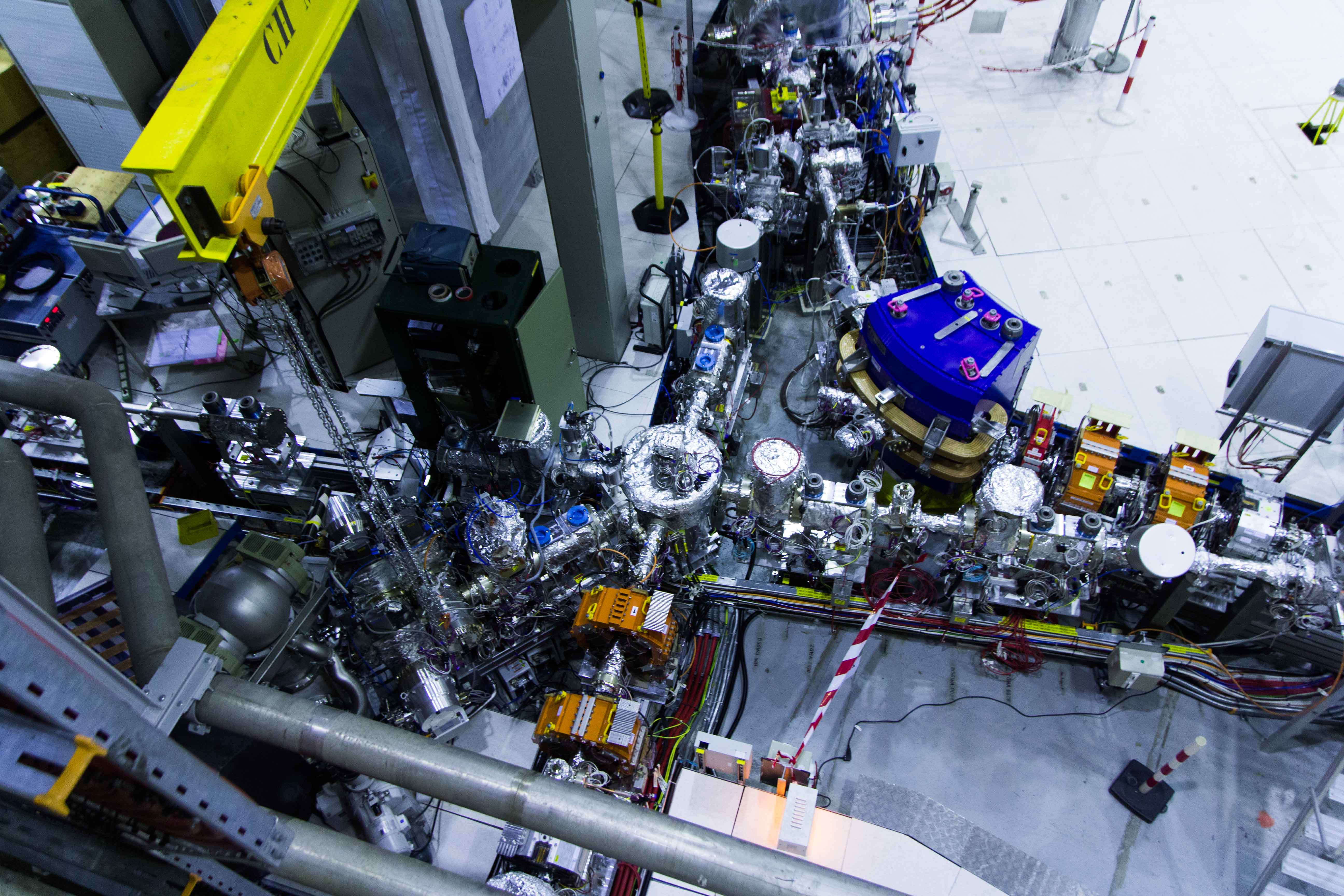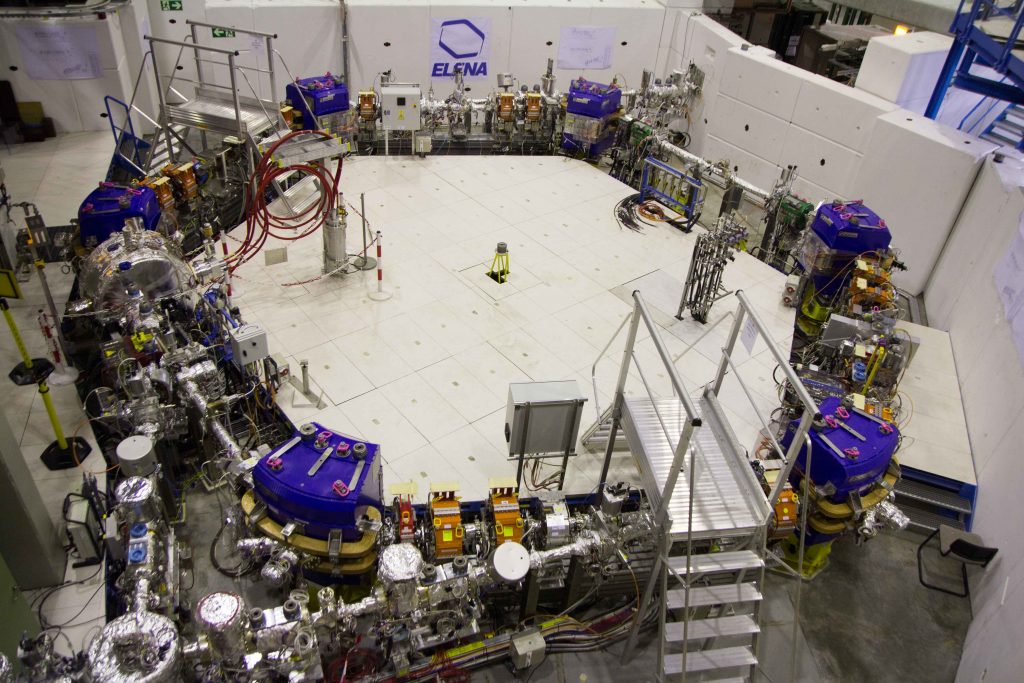
the distance at which the hybrid helium atom’s electron is located. The researchers think that the surprising behavior observed is linked to the radius of the electronic orbital, i.e. “The optical response of the hybrid helium atom in superfluid helium is starkly different to that of the same hybrid atom in high-density gaseous helium, as well as that of many normal atoms in liquids or superfluids.” “This behavior was unexpected,” says Anna Sótér, who was the principal PhD student working on the experiment and is now an assistant professor at ETHZ.

flows without any resistance, they found an abrupt further narrowing of the spectral lines.

Moreover, when they decreased the temperature of the liquid helium to values below the temperature at which the liquid becomes a superfluid, i.e. This is why it came as surprise to the ASACUSA researchers that, when they used liquid helium, which has a much higher density than gaseous helium, in their new study, they saw a decrease in the width of the antiproton spectral lines. High gas densities and temperatures result in spectral lines, caused by transitions of the antiproton or electron between energy levels, that are too broad, or even obscured, to allow the mass of the antiproton relative to that of the electron to be determined. Low gas densities and temperatures have played a key role in these antimatter studies, which involve measuring the response of the hybrid atoms to laser light in order to determine their light spectrum.

These hybrid atoms contain an antiproton and an electron around the helium nucleus (instead of two electrons around a helium nucleus) and are made by mixing antiprotons produced at CERN’s antimatter factory with a helium gas that has a low atomic density and is kept at low temperature. The ASACUSA collaboration is well used to making hybrid matter–antimatter helium atoms to determine the antiproton’s mass and compare it with that of the proton.


 0 kommentar(er)
0 kommentar(er)
